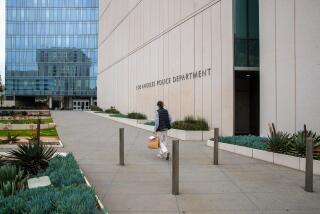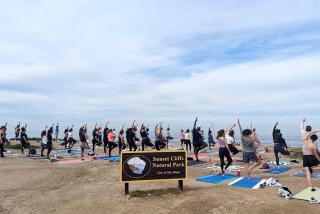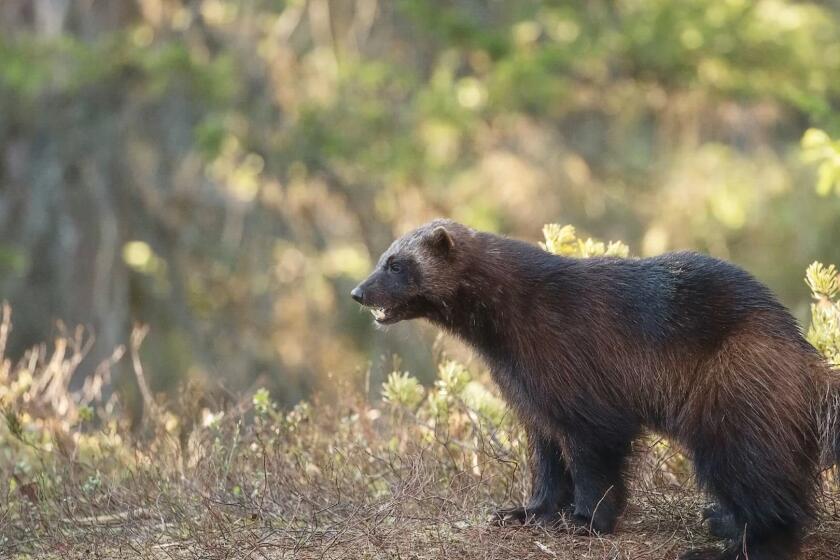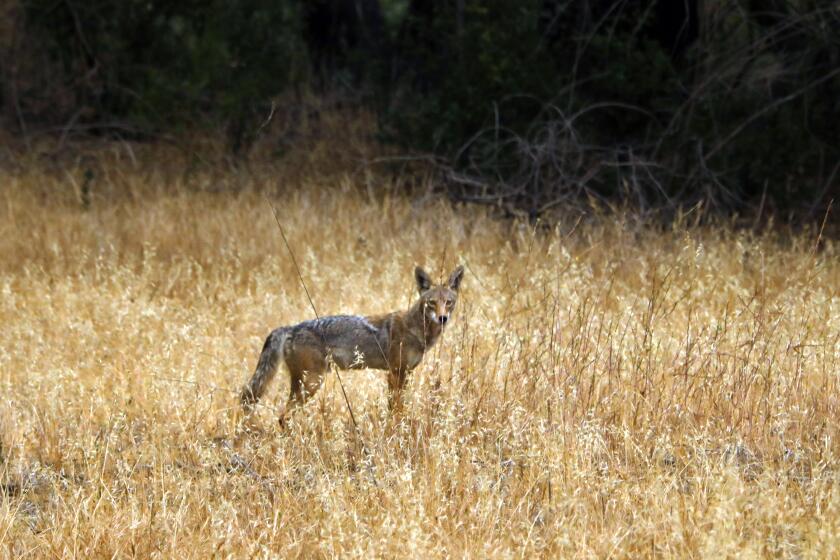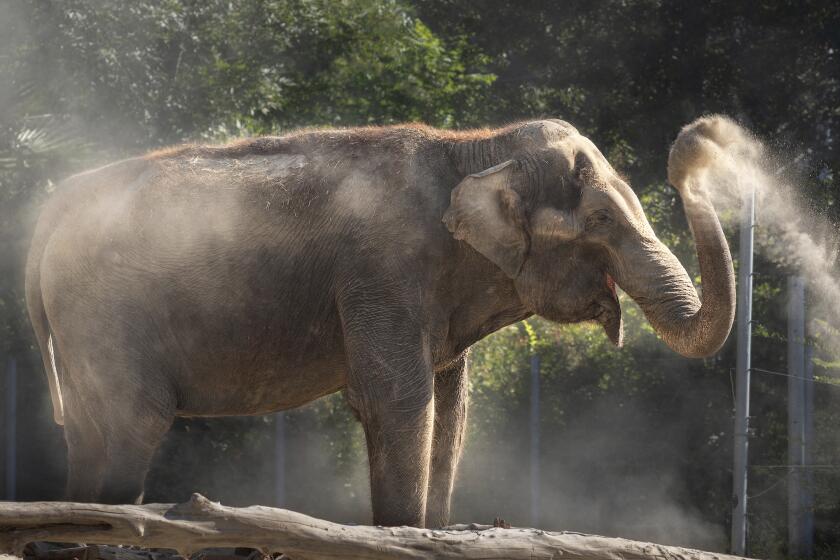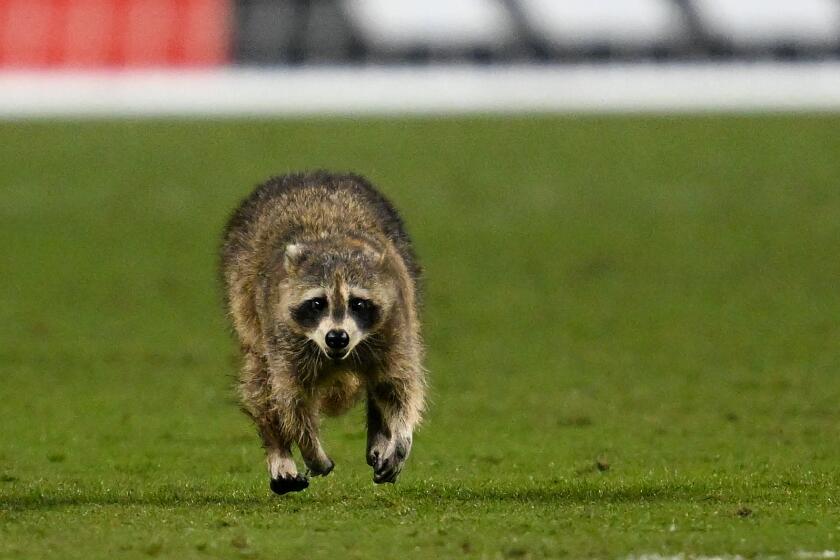Rancho P.V. Officials Hail Blue-Butterfly Ruling
Rancho Palos Verdes officials hailed a federal court decision this week to dismiss a charge that the city eradicated an endangered butterfly when it built a baseball field where the insect fed.
“I am pleased because we have said all along we were not guilty of purposefully and willfully taking the life of the blue butterfly,” Mayor Mel Hughes said Wednesday, a day after U.S. District Judge Manuel Real ruled that the Endangered Species Act does not apply to cities.
The U.S. attorney’s office filed the one-count criminal information in April, and the city had faced a $20,000 fine if convicted of knowingly plowing under locoweed that the rare butterfly fed on. The work was done in 1983 when the city built a baseball field at Hesse Park.
The city was the first public agency ever charged under the 14-year-old act, which makes it a crime to destroy habitats of endangered species protected under the act. But Real held that it was clear that Congress never intended cities to be held responsible for violations.
‘Have to Be a Person’
“The action of the court says you have to be a person to do that sort of thing,” Hughes said.
“My view is that the judge read the act the way the act was written and the way Congress intended it to be written,” said Stephen Sadowsky, the special counsel hired by the city.
Manuel Medrano, assistant U.S. attorney, said his office is reviewing Real’s decision and “will decide within a very short period of time” whether it will be appealed. The government has 60 days to file an appeal. He declined to comment further.
Sadowsky said an appeal would be a frivolous waste of time and money.
Councilman Robert Ryan said he thinks the city’s bill for the criminal proceedings will be $5,000 to $6,000, although no official accounting has been made. He said Sadowsky’s law firm had to research the law, prepare pleadings and appear in court. “At $150 an hour, it doesn’t take that much time to run up that much money,” he said.
Hughes faulted the government for focusing on Hesse Park and ignoring the larger issue of why the blue butterfly--first identified as a separate species in 1977 and found only on the Peninsula--vanished. It has not been seen for four years.
“There were numerous habitats around the Peninsula, and the butterfly disappeared from all simultaneously,” Hughes said. “That was five years ago, and the federal government has not tried to find out why. They went after Rancho Palos Verdes.”
Hughes said the government “ought to be spending money finding out what happened at all those sites” so that other endangered species, such as the rare El Segundo blue butterfly found near Los Angeles International Airport, will not meet a similar fate.
Tried to Protect Habitat
The city contends that it worked with the federal Fish and Wildlife Service before developing the park so that steps could be taken to protect the butterfly habitat. But the city claims it was never told exactly where the habitat area was. The service blames a communications breakdown.
Saying that the city did nothing “criminal,” Ryan said that if a habitat was destroyed, it was not intentional. “One of the worst things to control are bulldozers and a bunch of construction guys on a site,” he said. “It probably was a comedy of errors.”
When the federal charge was filed a month ago, Medrano said the city had been given an offer in January to dispose of the matter but did not respond. Ryan said at that time the offer was “to plead guilty and pay a $20,000 fine,” adding, “We are not guilty.”
More to Read
Start your day right
Sign up for Essential California for news, features and recommendations from the L.A. Times and beyond in your inbox six days a week.
You may occasionally receive promotional content from the Los Angeles Times.
